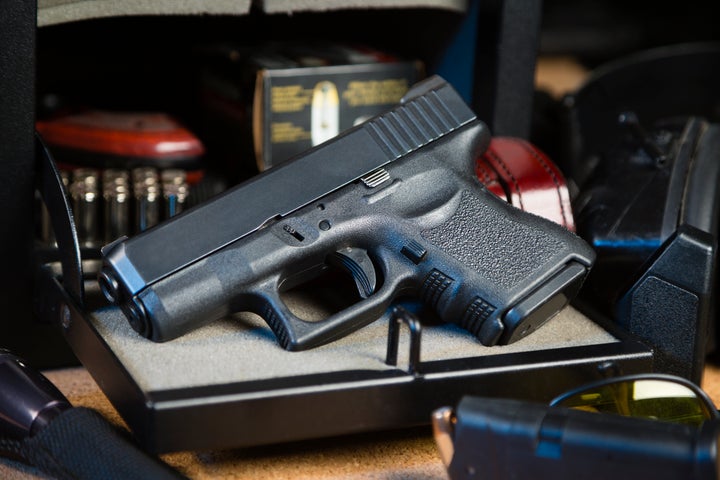
Last week the unthinkable became the unthinkable in Clovis, NM, when a 16-year-old kid walked into the public library, killed two library staff members and wounded four others, including a brother and sister who were checking out some books. I’m surprised that my friends in Fairfax haven’t sent out a call to arm all librarians but I’m sure it will shortly come. In the meantime the town of Clovis is coming to grips with the tragedy which means trying to figure out why a quiet, churchgoing teenager would commit this horrendous crime.
The one fact which has emerged about the alleged shooter, Nathaniel Jouett, is that the gun he used was legally owned. Not owned by him but by his father who kept all his guns and ammunition in a locked safe. And how did Jouett get the gun out of the safe? Simple – he knew the combination because he went shooting and hunting with his father all the time.
This event goes directly to the issue of “safe storage” as an effective strategy to reduce the violence caused by guns. It is a strategy which has no detractors whatsoever (except me) on either side of the gun debate and is routinely promoted by every gun advocacy organization, be it the NRA or the NSSF on the one hand, or Everytown and Brady on the other. The American medical Association subscribes to this idea, ditto the National Safety Council, ditto the American Bar Association, ditto, ditto and ditto.
There’s only one little problem. When it comes to whether locking up or locking away actually reduces the rate of gun violence, we have no real proof at all. The public health studies which claim that counseling patients on safe storage is effective don’t analyze before-and-after gun violence rates, they look at whether more people use safe storage devices after they receive counseling; then they make the totally unverified assumption that if a gun is safely stored, the risk of gun violence will go down. Just as important, the studies which show that having a gun in the home increases the risk of gun homicides and suicides do not distinguish between guns that are safely stored and guns that are not safely stored.
Let me make one thing very clear. I’m not opposed to any rational or reasonable strategy to reduce violence caused by guns. And despite the fact that I am an Endowment Patriot member of the NRA, I unequivocally reject the nonsense that it’s the “person” and not the “gun.” But the problem with the safe storage strategy is that it flies in the face of how gun owners behave with their guns. Which shouldn’t come as any great surprise, because it’s not as if GVP organizations or public health researchers spend much time talking to people who own guns.
If a loaded gun is lying around the house and someone picks it up, pulls the trigger and shoots himself or someone else, you can make the argument that the injury wouldn’t have happened if the gun had been locked up. But gun accidents usually occur because the gun owner does something stupid (“gee, I forgot it was loaded”) whereas for intentional injuries, the shooter made a conscious decision to hurt himself or someone else by using a gun. Either way, safely storing a gun has little to do with what happens if the gun gets into someone’s hands. And generally speaking, no matter how well the gun is stored, sooner or later the banger is coming out of the safe.
In promoting safe storage counseling, physicians often point to the success of public health initiatives which prevent access to other dangerous items found around the home. For example, childproof bottle caps were introduced in 1972 and within five years, deaths from poisonings declined by nearly half. But guns aren’t aspirin tablets and 2 percent of the victims of fatal and non-fatal shootings are under the age of 15. What do we do about everyone else?
